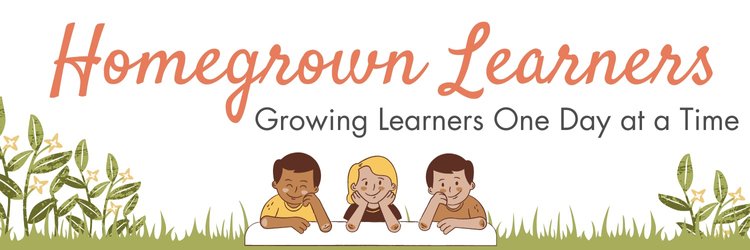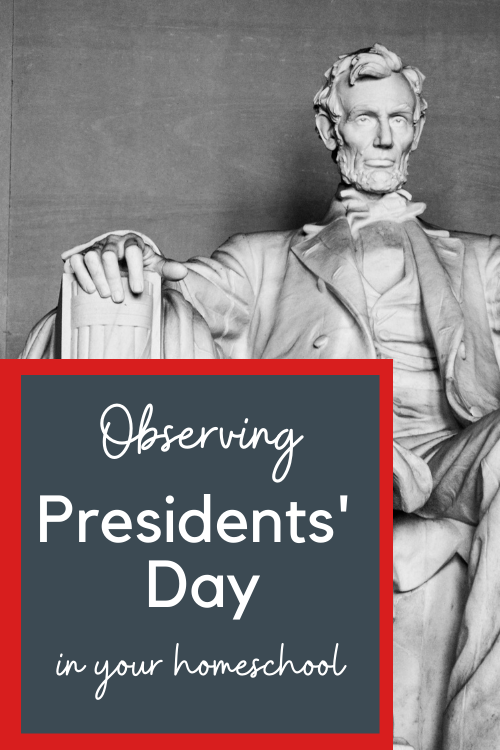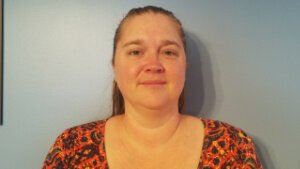“How do you homeschool with a baby and a toddler? I could NEVER do that!”
Perhaps you feel overwhelmed at just the mere thought of little ones vying for attention while trying to school another child. Or perhaps you’re thinking it’s impossible or would create a dynamic for educational disaster.
I want to encourage you that while you may hold those views and fears, it IS possible to do, and you CAN do it.
When I began homeschooling it was a bit easier; I had four little ones all under the age of 5 when we began formal preschool at home. Because my oldest was so young we just made school a family affair. That all changed a few years later when I gave birth to our 5th and then 6th child.
Our world was rocked.
What we had down to a science was suddenly turned upside down and I had to build extra tactics to “tame the toddlers” during school time. And while tactics and tips can be important, ultimately I knew my biggest struggle was my own heart and attitude.
Perhaps one of the most important things to remember is that our attitude and a rightly focused heart are pivotal. All it takes is a poor heart focus on our part to start our day on the wrong foot.
One thing that helps me stay intentional and focused is acknowledging my purpose, which is to lead and disciple our children. I find that when I focus on that truth it switches my heart and attitude toward honoring Christ. And while we may put our hearts in the right place, it doesn’t exempt us from the difficult moments, but it will lead us to the One who redeems them.
With hearts and minds in check, here are some practical ways to help while homeschooling with babies and toddlers:
Provide Structure and Flexibility
Structure and flexibility?! What does that even mean or look like?
ROUTINE!
Providing a daily routine sets expectations and provides stability for your little ones. A routine, rather than a strict schedule will give the opportunity for flexibility but will also give the structure necessary to have a successful homeschool day.
Expect that things won’t always go as planned, this helps to accommodate and adjust when that flexibility is needed.
Reduce External Distractions
Distractions will happen, it’s a part of life. It’s truly all in how we respond and react that can make or break the situation.
Sometimes those distractions are caused by us, whether it be through our phones or feeling inconvenienced.
Encourage Participation
One of my favorite parts of homeschooling has become the family dynamic. It has also become one of my greatest defenses when interruptions or tense moments may arise.
Little ones naturally look up to their siblings and want to be a part of what is going on; use this to your advantage! Making your little one a copy of the same activity, having special coloring books on hand, including them in the science lessons, playing with math manipulative during math lessons, or even magnetic letters during reading are all way to get them involved.
I typically have my little ones either sit beside me or even on my lap as we go through our family subjects. (And even though I include them, at any given moment you may see a toddler perched on our school table!)
Even taking a moment to read a story one-on-one with them can set them back on track and make them feel included. Short attention spans can lead to tense moments and this is where redirection comes into play.
Redirection and Special Activities
It’s inevitable that there will be tense moments. I have found it extremely helpful to have “busy activities” on hand to distract and redirect.
This video I created shows simple independent activities for toddlers. These are items or activities that are specifically reserved for school time only so they don’t lose their luster.
Items that can be particularly helpful include:
Dot to Dot for Tiny Tots Wipe Clean Activity BookWipe Clean: My Big Activity Workbook (My Big Step by Step)Wipe Clean: Giant Activity Workbook (Wipe Clean Activity Books)Melissa & Doug Water Wow Connect The Dots BundleMelissa & Doug Water Wow! 3-Pack (Space, Sports, Occupations)Play-Doh Bulk Winter Colors 12-Pack of Non-Toxic Modeling Compound, 4-Ounce CansPicassoTiles 63 Piece Magnetic Building Block Construction Toy Set Diamond Magnet Tile Blocks with Car Truck STEM Learning Kit Early Education Builder Playset Toys for Children Toddler Boy Girl Age 3+Bristle Blocks by Battat – The Official Bristle Blocks – 85 Pieces in a Carry Case – STEM Creativity Building Toys for Dexterity and Fine Motricity – BPA Free 2 years +, multi (3073Z)LEGO DUPLO Classic Deluxe Brick Box 10914 Starter Set with Storage Box, Great Educational Toy for Toddlers 18 Months and up (85 Pieces)Dot Markers Kit, 12 Colors Washable Fun Art Marker for Toddlers, Bingo Daubers for Preschool Children, Dab Paint Marker Set Coloring Supplies Including Activity BookCreativity for Kids Sensory Bin: Ocean and Sand - Fine Motor and Sensory Toys for KidsKOOKAROO Sensory Play Bin - 9 Montessori Sensory Bin Tools + 1 Sensory Box - Sensory Table Toys - Toddler Tongs - Sand Trays - Wooden Scoops - Toddler Sensory Toys - Sensory Bins for Toddlers 3-4Guidecraft Better Builders 60 - Piece Magnetic Ball and Rod Construction Set, Stem Educational Building Toy
Utilize Nap Time
And last, if all else fails, utilize nap time! We have had many days that resulted in nap time school sessions. And if you have babies that nap twice a day still, I would encourage you to use at least one of their nap times for school.
(Mary has written about why mamas need quiet time, too!)
Ultimately, the beauty of homeschooling is not recreating a school environment at home, but rather the home becoming the school environment. This means everyone in the home is a part of that dynamic.
When we choose to embrace homeschooling as a family endeavor, the payoff is great and the task becomes doable. Is it hard? Yes, but it is so worth it.
Are you homeschooling with babies and toddlers?
Leave me a comment and share your best tips to keep them busy and involved!
This post is from Homegrown Learners’ contributor, Megan.
Megan is a homeschool mom of 6, wife to Jon, former public school teacher, and follower of Christ. Homeschooling and homemaking are areas that the Lord has drawn her to be passionate about and it is her desire to be as intentional as she can in both.
She enjoys cooking, reading, gardening, history, and hiking in the beautiful mountains of East Tennessee. In her spare time, she is also a content creator for her YouTube channels Pennies and Salt , as well as her website, Pennies and Salt.





































